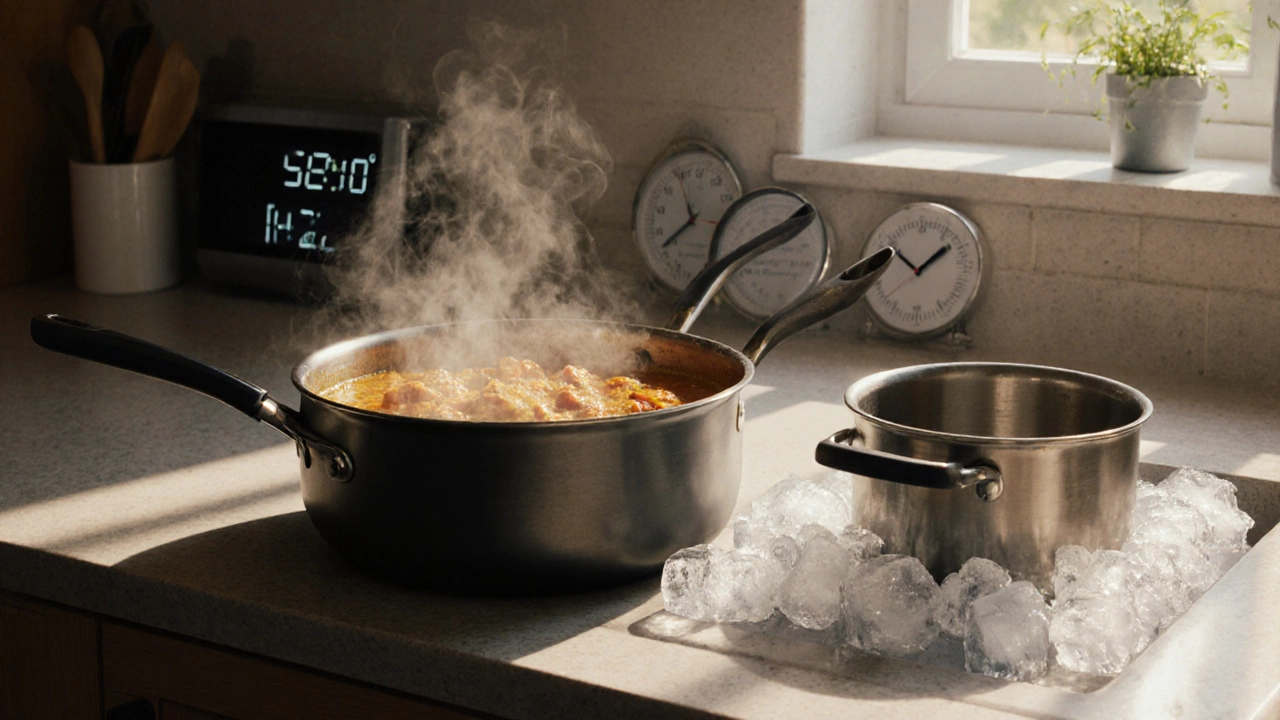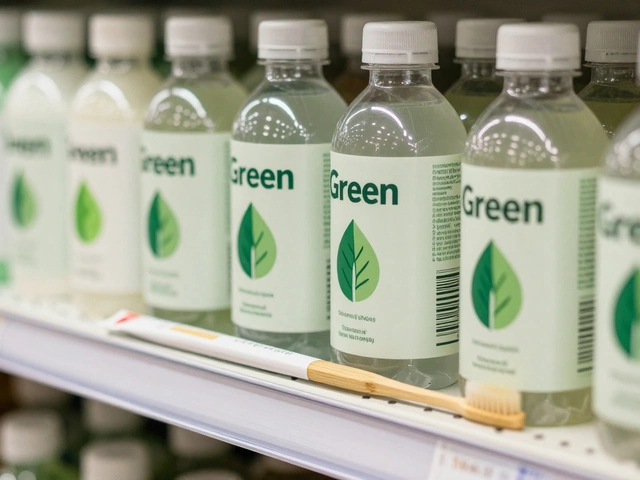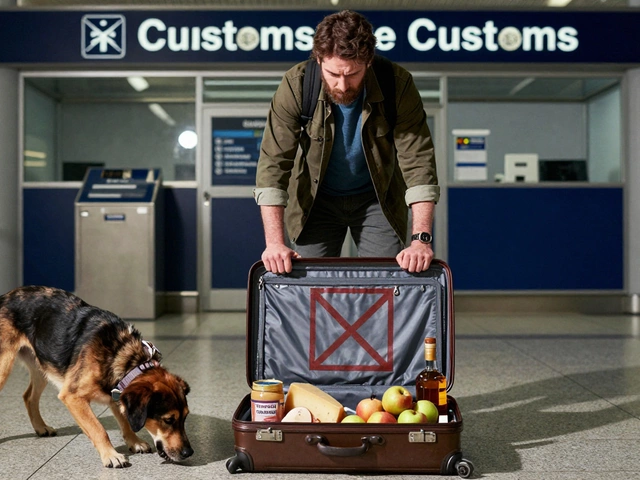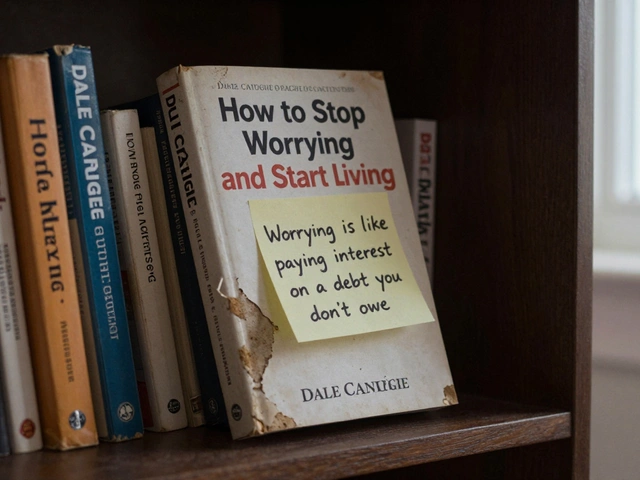Danger Zone Food: What You Should Avoid and Why
When we talk about danger zone food, the range of temperatures where harmful bacteria multiply fastest. Also known as the temperature danger zone, it’s not a scary movie setting—it’s your fridge, your counter, and maybe even your lunchbox. If food sits between 40°F and 140°F for too long, bacteria like Salmonella, E. coli, and Listeria can double in number every 20 minutes. That’s not a guess. That’s the CDC’s data. And it’s why your leftover pasta or chicken salad can turn dangerous faster than you think.
This isn’t just about raw meat. It’s about anything that’s moist, protein-rich, and left out: cooked rice, dairy-based dips, hard-boiled eggs, sliced melon, even potato salad. These are the real troublemakers. You don’t need to be a chef to mess this up. Maybe you left the takeout container on the counter while you watched a show. Maybe you pulled the cheese out of the fridge 30 minutes early to let it "breathe." Those tiny choices add up. And when you’re tired, rushed, or just not thinking, the danger zone sneaks in.
The fix isn’t complicated. Keep cold food cold. Keep hot food hot. Use a cheap thermometer to check. If something’s been out over two hours—or one hour if it’s above 90°F—pitch it. No guilt, no "but it still looks fine" thinking. Bacteria don’t show up on the surface. They’re already in there, multiplying. And no amount of reheating will fix it if the toxins have already formed. This isn’t about perfection. It’s about awareness. You don’t need to sterilize your kitchen. You just need to know when to walk away from that plate.
What you’ll find below are real, practical posts that break down exactly what foods are most at risk, how to store them right, what signs to watch for, and simple routines that keep your family safe without turning meal prep into a science project. No fluff. No fear-mongering. Just clear, usable info that fits into your real life.
The danger zone for food prep is the temperature range where bacteria grow rapidly - between 5°C and 60°C. Learn how to keep your meal prep safe, avoid food poisoning, and store leftovers properly.






